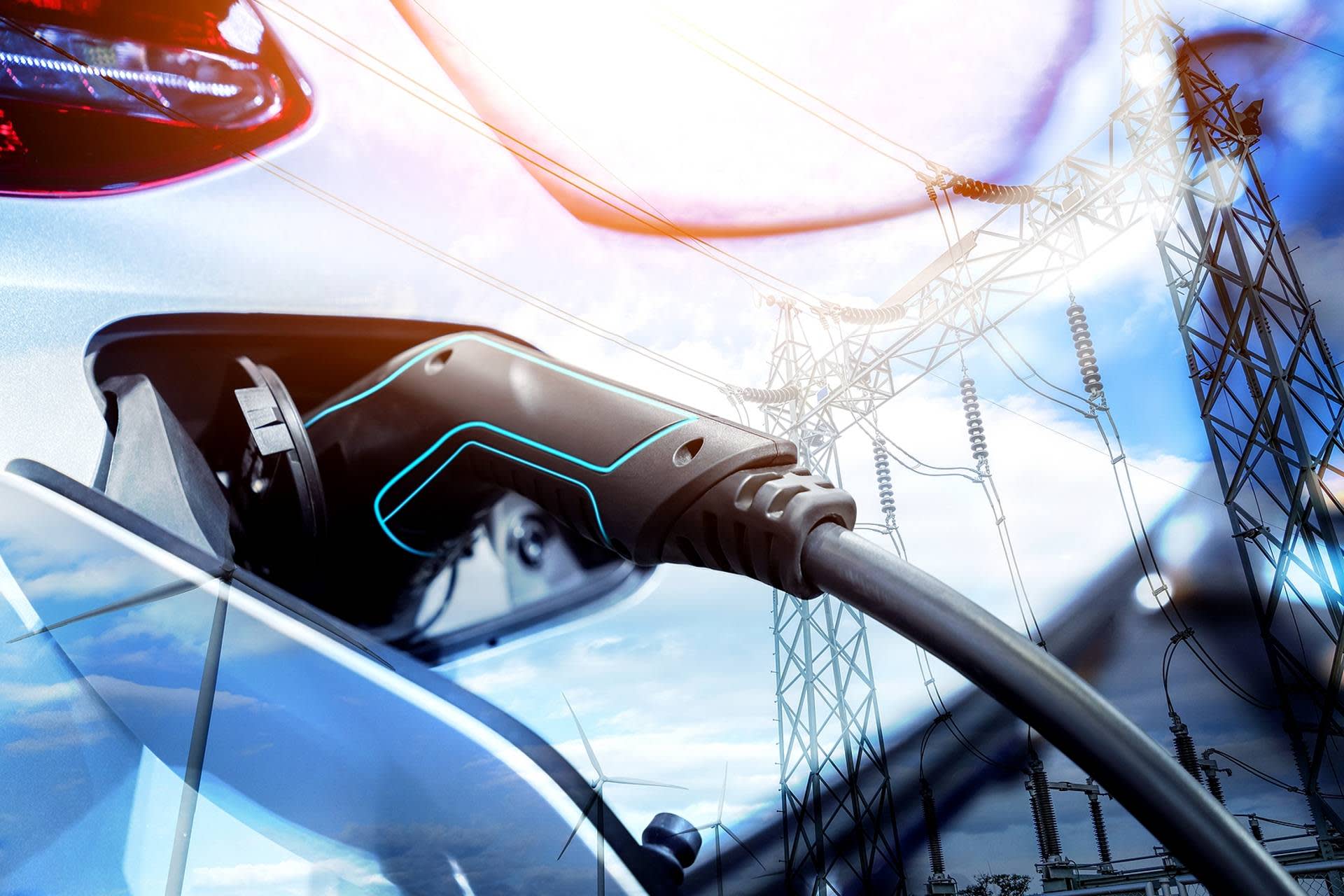What is load balancing and how does it help charge EV fleets?
We’ve seen an amazing surge in the uptake of electric vehicles (EVs) within the last 18 months, especially within the commercial space. As the EV revolution continues to grow, so too do the opportunities available for companies to optimise these new electric assets to work for your business.
We’ve talked about range anxiety before. With each week, more charging infrastructure is installed, and battery range is improving, which helps this. One more area to consider is how to ensure vehicles are optimally charged when they’re sharing a constrained electricity grid. And there’s technology that can help us make best use of the power available – load balancing your charge stations.

What is load balancing?
Electric vehicles can place a high demand on the local grid connection. For sites where there’s a constraint on the supply capacity, the electrical installation can’t always provide the required amount of power to charge multiple EVs simultaneously. However, there are several solutions available that distribute the available power supply more evenly.
The aim with load balancing is to deliver a safe charging infrastructure that makes best use of the available capacity without overloading it, vastly reducing the need to invest in complex and costly grid reinforcement works, or pay for a higher maximum connection rate.
The different load balancing types
1) Standard load balancing
Some chargers have dual sockets, meaning they can charge two EVs simultaneously. If there’s sufficient capacity to bring two supply cables to these chargers, they can essentially operate independently, with each socket charging at the maximum rate. However, there’s a cost benefit in connecting a single supply cable, with two connected vehicles sharing power across the two sockets.
| Benefits of standard load balancing | Drawbacks of standard load balancing |
|---|---|
| Shares available charge between charging EVs equally. | Potentially reduces charging speeds when more than one EV is charging at the same time, increasing charge times. |
| Allows multiple vehicles to charge with the minimum amount of hardware, reducing cable and install costs. | Only ever has access to a fixed energy capacity. |
2) Smart charge network
Up to 100 chargers can be connected in a Local Area Network, in a similar manner to how computers are networked in an office environment. No internet connection is required and no additional hardware. This means the system can react rapidly and has no central point of failure. Once networked, a maximum charge rate limit can be applied to the network to avoid overloading the supply.
The aim with a smart charge network is to charge vehicles as quickly as possible, so the power delivered is only shared when required, with vehicles charging at their maximum rate otherwise. When vehicles leave the site, or reach a full charge level, the extra power is redistributed, increasing the charge rate to other vehicles.
3) Active (or dynamic) load balancing
This feature allows an individual charger, or a smart charge network, to be connected to a metering device that measures the electrical load that the EV chargers may be sharing. Typically, this would be an office building or factory. If the demand from the building increases, then the meter will register this and send a new, lower, limit to the network of chargers. This increases the limit again when the demand on the building reverts to previous levels, meaning there’s always an optimum safe level of power available for charging EVs.
| Benefits of active load balancing | Drawbacks of active load balancing |
|---|---|
| If electricity consumption of connected buildings or devices drops, the available power for EV charging increases. |
Requires a compatible meter on-site. |
| Reduced requirement for additional (expensive and disruptive) upgrade works. |
Increased complexity during commissioning process. |
| Can be configured to work with existing Energy Management Systems. |
|
| Can account for additional power from on-site generation, for example wind or solar. |
4) Demand Side Response
It’s possible to take charging to the next level, by moderating charge levels in response to an external input. When it comes to EV charging, Demand Side Response – explained here in its original form of taking advantage of electric assets - might take the form of changing charging times or speeds to take advantage of lower cost electricity prices. It’s also technically possible to provide services to the National Grid, by lowering charging speeds across multiple chargers when the grid is constrained. These practices are still in formative stages for many suppliers, though are innovative ways to think about the flexibility of fleet charging.
5) Vehicle-to-Grid
V2G gets a lot of column inches but the reality is that it still has some development to do before it becomes mass market. Vehicle-to-Grid charging allows bidirectional power from the grid to the car and vice versa. If you have enough batteries connected to the grid then they can be used as an asset for all the things that grid connected batteries can be used for such as Frequency Response, Energy Trading (Arbitrage) or Peak Shaving.
This promising technology has several hurdles but looks set to become mainstream over time. It’s most likely to be adopted by charge at base fleets, or places where people leave cars for predictable lengths of time such as airports, but the technology is improving, and costs are coming down.
Take the next step
Interested in electrifying and optimising your fleet? Find an expert EV partner to identify which approach suits your current and future plans for electrifying your business.
Electrify your fleet

